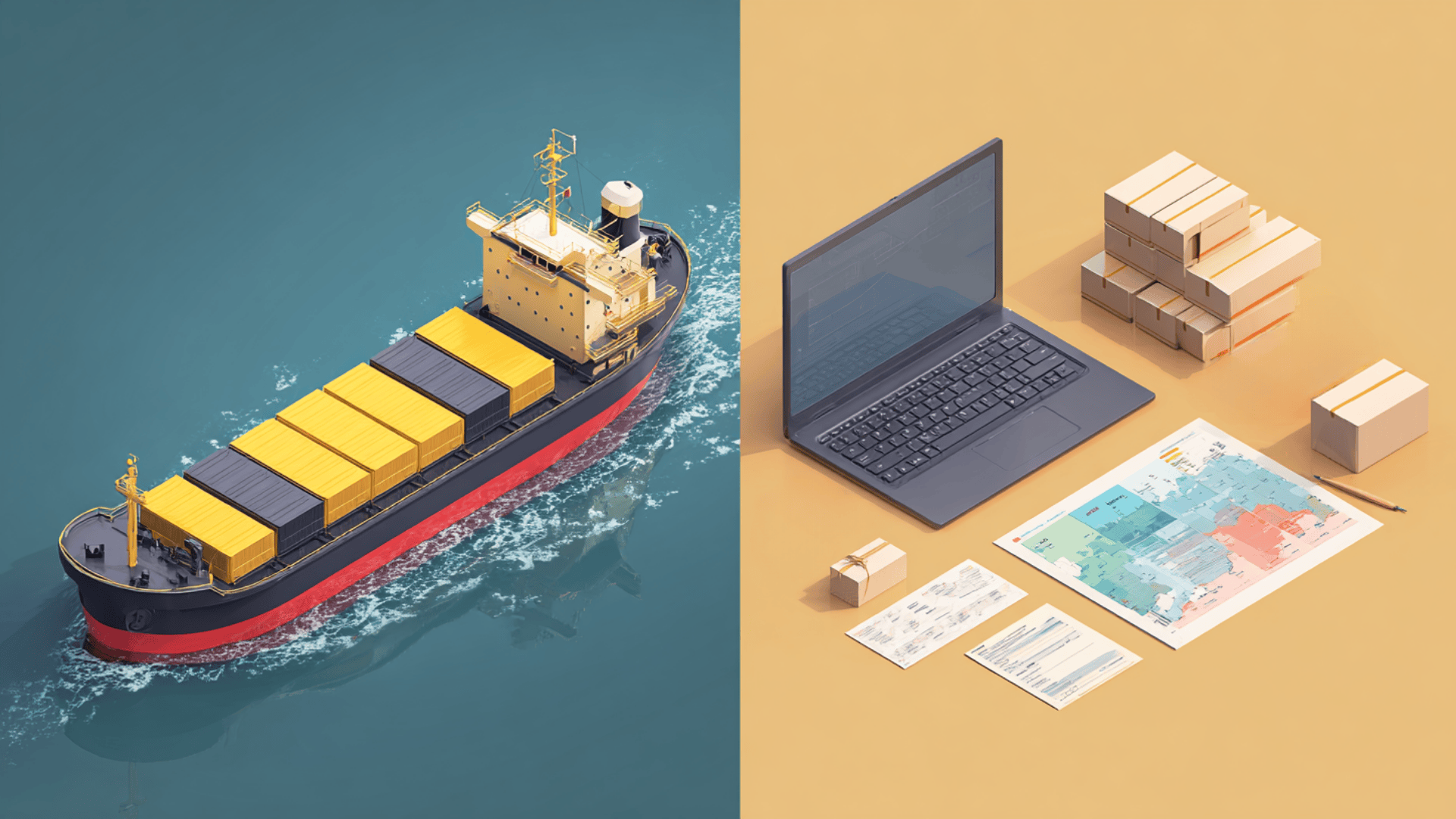The Future of Ecommerce Shipping Integration: Trends You Can’t Ignore
Selling online is not only about great products. It is about how fast and precisely your shipping is. Buyers want simple choices, honest delivery times, and easy returns. That is why E-commerce Shipping Integration matters so much. If you want a practical tool to help with rates, labels, tracking, and returns, look at Postalparcel. It connects the parts of your workflow so you can ship at a lower cost and with fewer errors.

1) Smarter Checkout With Live Rates and Delivery Windows
Shoppers don’t want to guess. They want to see the real price and when the order will arrive. A strong E-commerce Shipping Integration pulls live rates from multiple carriers and shows clear options like “Fastest” and “Lowest Cost,” plus a simple ETA such as “Arrives Tue–Wed.”
How to start
- Turn on rate shopping so the system auto-picks the best service.
- Show a countdown: “Order in 2 hours for same-day handoff.”
- Update ETAs when a shopper changes address or cart weight.
2) Automation and AI That Do the Heavy Lifting
Static shipping rules break when weather, surcharges, or peak season hit. An AI-assisted E-commerce Shipping Integration learns which carriers deliver on time in each region and shifts volume automatically.
Quick wins
- Use carrier scorecards (on-time %, claims, cost per order).
- Let the engine split shipments only when it’s faster or cheaper.
- Test algorithmic routing on 20% of orders and compare results.
3) Cross-Border Made Simple (No Surprise Fees)
International buyers hate unexpected taxes at the door. With E-commerce Shipping Integration, landed costs (duties and taxes) are calculated in the cart, HS codes are set, and paperless trade forms are sent with the label.

Why it helps
- Fewer returns due to hidden fees.
- Faster customs clearance.
- Higher conversion because the total price is clear.
4) Returns That Protect Profit and Keep Customers
Returns are part of e-commerce. A sound system makes them easy and controlled. Tie your portal to Ecommerce Shipping Integration so customers can pick an exchange, get a label, and receive store credit as soon as the barcode is scanned.
Best practices
- Offer exchange-first flows with real-time inventory holds.
- Capture return reasons and fix sizing guides or product pages.
- Route returns to the nearest site that can restock quickly.
5) Post-Purchase Tracking That Builds Trust
After checkout, buyers keep checking their order status. Own that moment. Use branded tracking tied to E-commerce Shipping Integration so updates are transparent and proactive.
What good looks like
- A tracking page with order status, delivery window, and help links.
- Email/SMS alerts for delays or exceptions.
- A small, relevant upsell (“Add a cable—ships with your order”).
6) Headless, API-First Shipping for Every Channel
You may sell on a website, an app, a marketplace, or all three. A headless E-commerce Shipping Integration lets every channel call the same clean APIs (Application Programming Interfaces): create labels, schedule pickups, fetch tracking events, and manage returns.

Implementation tips
- Use webhooks so your OMS(Order Management System)/WMS (Warehouse Management System) gets events in real time.
- Keep one “Ship Order” endpoint for internal tools and partners.
- Add services (insurance, signature, age check) as modular options.
7) Greener Choices Without Guesswork
Many buyers prefer the low-carbon option if they can see the impact. With E-Commerce Shipping Integration, you can show a small carbon estimate per service level and mark it as an eco-preferred choice.
Steps you can take now
- Default to ground when it still meets your promise.
- Use cartonization to pick the smallest safe box.
- Combine pickups and use regional carriers where possible.
8) One Data Layer Across Stores, Warehouses, and 3PLs
Bad data causes wasted money: wrong weights, dimensions, and addresses. Centralize product facts and cartonization rules in your E-Commerce Shipping Integration so every node calculates the same way.
Benefits you’ll notice
- Faster onboarding of new 3PLs (reuse the same logic).
- Cleaner analytics for cost per parcel, on-time %, and exceptions.
- Fewer returns from address errors or oversize charges.
9) Security, Privacy, and Resilience as Must-Haves
Shipping uses personal data. Please treat it with care. Encrypt data in transit and at rest. Limit who can view labels or addresses. Log every access. Build retries and queues so scans are not lost during outages.

Minimum checklist
- TLS + encryption at rest
- Role-based access and audit logs
- Address validation and fraud checks
- Clear retention rules for old records
10) Metrics That Guide Action
Dashboards should be simple and valuable. Track a few metrics that tie to profit and loyalty:
- Delivered-on-time rate vs. the promised window
- Cost per order, including packaging and surcharges
- First-attempt delivery success, especially for signatures
- Exception-to-contact ratio (how many exceptions cause tickets)
- Return rate by reason, so you know what to fix first
Your team can segment these by carrier, region, product type, and service level to see what to change next.
11) A 30-Day Plan You Can Do
You do not need a long project to see value. Try this four-week sprint:
Week 1: Clean SKU weights/dimensions and turn on cartonization.
Week 2: Enable rate shopping and brand your tracking page.
Week 3: Launch a returns portal with exchange-first and instant credit on scan.
Week 4: Add cross-border landed-cost calculation for your top export market and set up carrier scorecards.
12) How to Pick the Right Partner

Do not compare features only. Look at support and reliability. Ask for a sandbox, clear API docs, uptime history, and case studies. Make sure adding a new warehouse or carrier will not require a rebuild. A good partner meets you where you are, runs a small pilot, and scales with you.
Conclusion
Shipping should feel straightforward to customers and straightforward to your team. When live rates, clear ETAs, solid tracking, easy returns, and clean data all work together, your store runs smoother, and customers come back. That is the promise of E-Commerce Shipping Integration. Start with small steps, measure results, and keep improving. If you want a tool that puts these ideas into practice with less effort, explore Postalparcel. It helps you connect systems, control cost, and deliver on time without making things complex.
Industry Insights
news via inbox
Nulla turp dis cursus. Integer liberos euismod pretium faucibua








